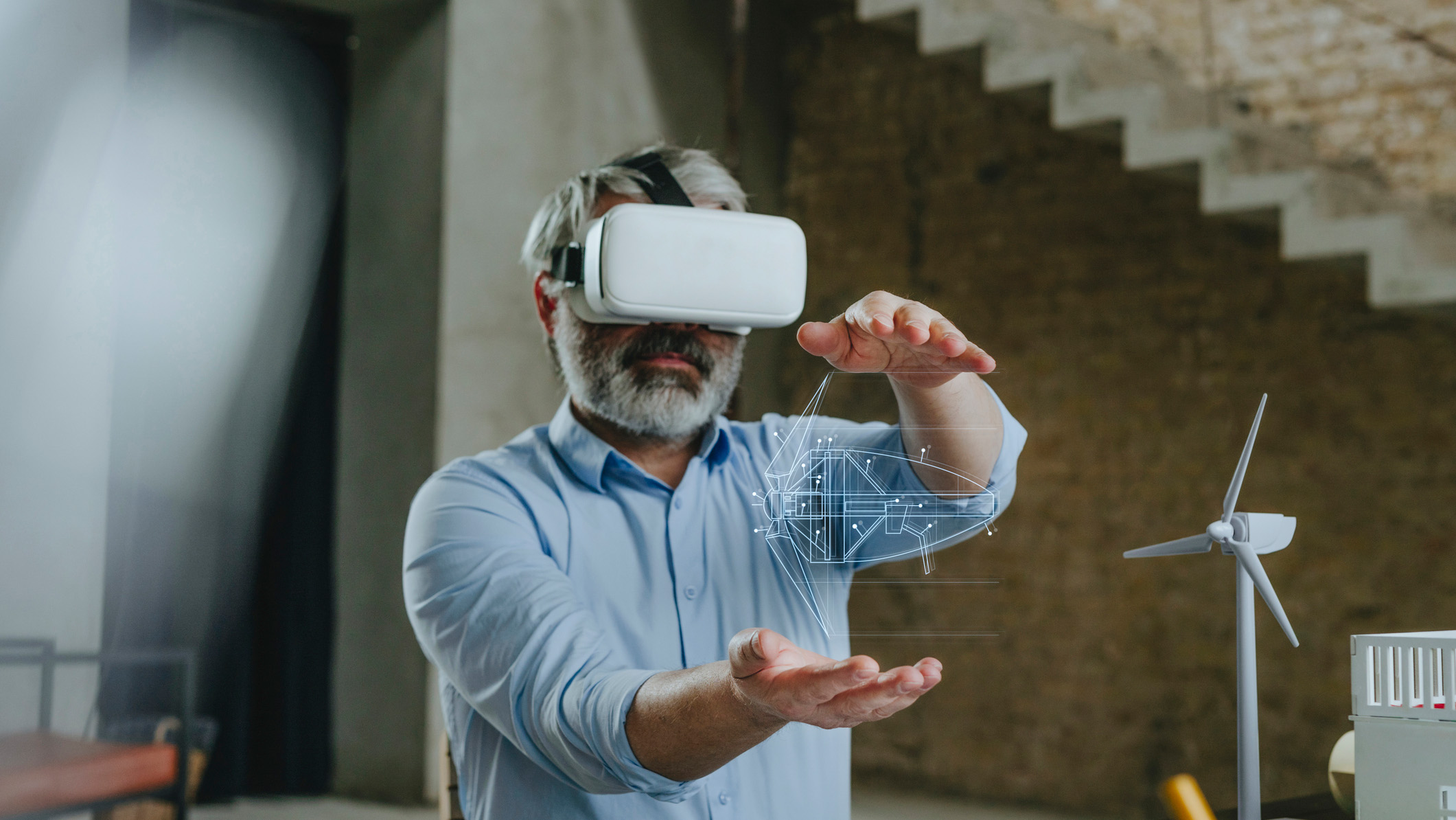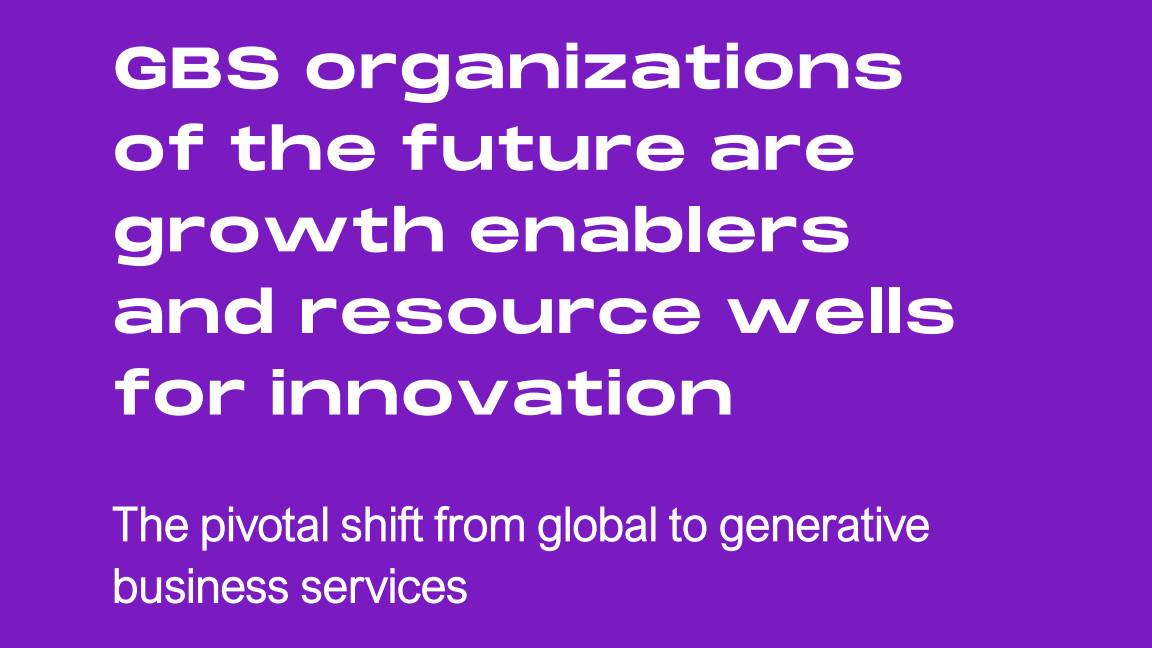The industries with clear business use cases for virtual reality
Even as buzz around virtual reality is drowned out by the AI hype cycle, the maturing technology is finally proving its worth...


Amid its rich and varied history, the business use cases for virtual reality have sometimes been hard to identify. Only recently has the technology gained a toehold in the mainstream, most notably with the development of the Oculus virtual reality headset.
The first systems, with their 8-bit video game-inspired graphics, appeared around 30 years ago but the past ten years have seen tech giants jump on board. Finally, it seemed, companies were mobilizing their vast resources to produce VR technology with purpose.
Even as doubts over the relevance of VR have been raised, the likes of Meta, Alphabet, and Apple have poured funding into VR R&D, with Apple’s Vision Pro headset the standout announcement in the space in the past year.
On a wider level, the VR market is expected to achieve an annual growth rate of 18% between now and 2028 and reach a total value of $300 billion in 2024 alone, according to Grand View Research. By 2030, PWC reports that the net economic benefits of VR and augmented reality (AR) could reach $1.5 trillion, with 23 million jobs enhanced by the technology.
Gaming and entertainment will remain the biggest driver of growth, but VR is finding a place in the wider world, in markets that might be surprising.
Business use cases for virtual reality: Building with words
A collaboration between computer scientists has resulted in perhaps one of the coolest VR applications around – the 'Holodeck'.
When inside the famed virtual reality volume aboard the USS Enterprise in Star Trek: The Next Generation, crew members need only describe the simulated world they want to inhabit to the ship's computer in one or two phrases. They then quickly find themselves enveloped in the full sensory experience of a jungle, 1930s Chicago mobland, or Victorian-era London.
Get the ITPro daily newsletter
Sign up today and you will receive a free copy of our Future Focus 2025 report - the leading guidance on AI, cybersecurity and other IT challenges as per 700+ senior executives
Though it's not transposable to an empty VR volume or Apple Vision Pro yet, Holodeck works essentially the same way, generating a digital 3D space based on nothing but text prompts. As the project spokesperson explains: 'You can easily describe whatever environments you want and train the embodied AI agents'.
Crucially, Holodeck responds to natural language and even abstract ideas. You needn't give it specific colours, shapes or measurements; prompts can include what the research calls fine grained requirements like 'has a cat' or 'is a fan of Star Wars', and relevant artifacts will show up in the simulation.
For now, the point of Holodeck is the language inputs, not the rooms or spaces it generates. Why? The process of training autonomous robots to navigate space and interact with objects in the physical world requires representations of virtual spaces so that the AIs driving them have somewhere to practice – the more simulations they can use in testing, the better the real-world results will be.
The problem is that virtual 3D spaces are currently created by human 3D artists, which is labor and time-intensive. Getting AI to do a countless number of them simply from a few voice prompts will produce a vastly higher volume of training data.
Of course, it might be the first step in a revolution in entertainment, which is itself adopting virtual production more than ever.
Something to note is that the impact of AI on artists, in this case 3D modelers, will be a point of contention here. AI is already running into legal hurdles and as tech unionization increases firms will need to balance the potential gains of these detailed VR environments with concessions that keep humans in employment.
Business use cases for virtual reality: Training and therapy
The dream of surgeons being able to use VR to perform surgery on patients across the other side of the world isn't here just yet, but the tech is already having a significant impact in medicine, particularly in training.
Cardiac care is one of the most complex medical disciplines there is, requiring a host of technical skills that need hours of practice and experience. But cardiac specialists can't practice on real patients any more than trainee pilots can be put in real planes full of passengers. Just as we put pilots in simulators, now cardiac training can be done the same way.
As the techniques used for cardiac interventions are constantly evolving, being able to maintain existing skills and learn new ones harmlessly in VR is becoming increasingly important.
There is also now a much greater understanding of mental health, particularly about how our emotional equilibrium and physical well-being respond to and affect each other. Therapies using VR are now being developed that promote relief from pain or stressors, taking advantage of the technology’s immersive nature. Although you won't entirely tune out a hospital room full of beeping machinery, your spontaneous emotional response will be reacting to the lush forest full of birdsong, changing your brain's neural architecture and taking rehabilitation to another level beyond hypnosis or psychology.
Even in medical care for a condition as serious as breast cancer, the US government's National Library of Medicine conducted a 2021 review of VR-based interventions and called the results 'promising'.
In fact, another study from 2021 concluded: “With the further maturation of the technology and improved accessibility in countries where VR and AR research is strong, we expect it to have a marked impact on clinical practice and in the life of patients”.
Business use cases for virtual reality: Property tours
Few of us would buy a property without the tactile experience of being there, so a sub-par VR representation that doesn't include all the possible visual detail simply wouldn't cut it. However, the realism of current generation VR is galvanizing the 'reality' half of the equation like never before, and suddenly the market reach for a property can extend to anyone who can strap on a headset miles from the physical property.
This applies to office space as much as it does the housing market and it could be particularly useful for companies that are returning to the office after a prolonged period of remote work or those that are just signing their first brick-and-mortar lease.
On a wider scale, using mixed reality for urban planning is becoming more common for city planners and construction companies. This can also feed into smart manufacturing.
RELATED WHITEPAPER

VR hasn’t quite captured the hearts and minds of business leaders in the way that AI has, and flashy metaverse projects from big tech have seemingly stalled thanks to an overzealous early hype cycle. It's clear that its promises of widespread appeal and market growth have not materialized – but where it can be useful, it still has the potential to thrive.
VR is a proven technology that's now finding a home in plenty of industries where the fidelity of experience is everything. How long before it finds its way into yours?

Drew Turney is a freelance journalist who has been working in the industry for more than 25 years. He has written on a range of topics including technology, film, science, and publishing.
At ITPro, Drew has written on the topics of smart manufacturing, cyber security certifications, computing degrees, data analytics, and mixed reality technologies.
Since 1995, Drew has written for publications including MacWorld, PCMag, io9, Variety, Empire, GQ, and the Daily Telegraph. In all, he has contributed to more than 150 titles. He is an experienced interviewer, features writer, and media reviewer with a strong background in scientific knowledge.
-
 Bigger salaries, more burnout: Is the CISO role in crisis?
Bigger salaries, more burnout: Is the CISO role in crisis?In-depth CISOs are more stressed than ever before – but why is this and what can be done?
By Kate O'Flaherty Published
-
 Cheap cyber crime kits can be bought on the dark web for less than $25
Cheap cyber crime kits can be bought on the dark web for less than $25News Research from NordVPN shows phishing kits are now widely available on the dark web and via messaging apps like Telegram, and are often selling for less than $25.
By Emma Woollacott Published